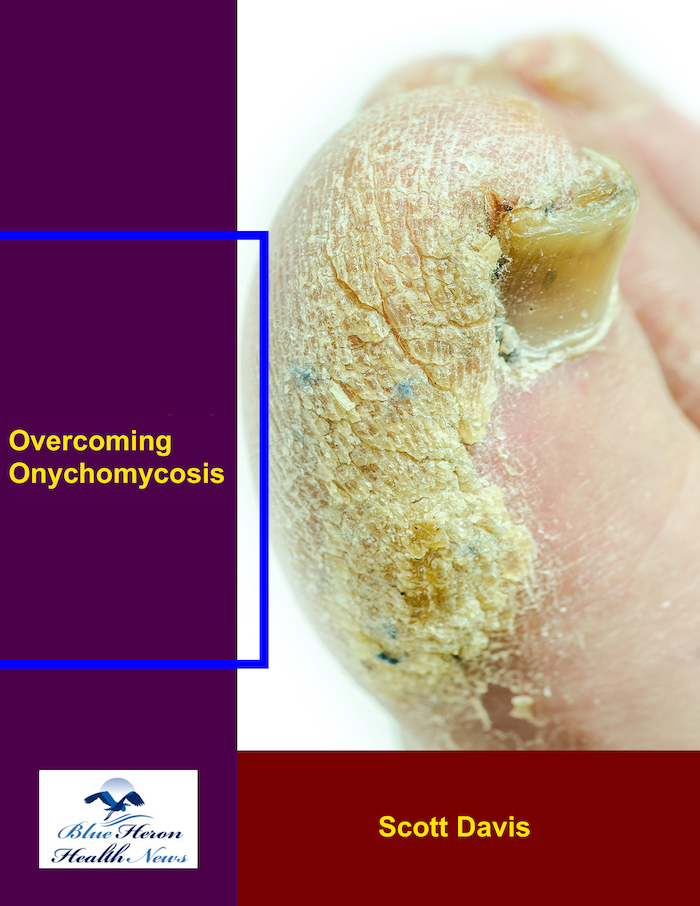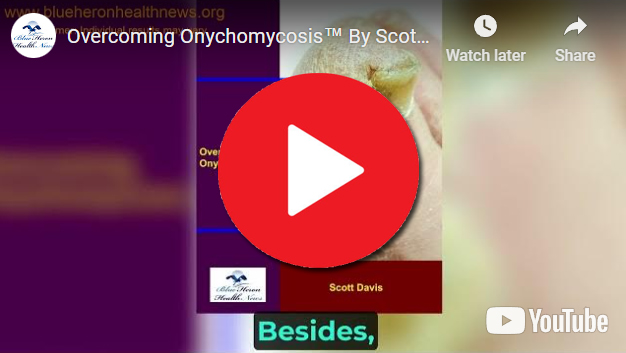
Overcoming Onychomycosis™ By Scott Davis It is a simple, natural, and all-in-one solution for onychomycosis. The program can help you to treat your nail fungus naturally. Once you follow this program, you do not need to spend on expensive treatments to prevent a recurrence. In brief, you can have a proven solution for your chronic nail fungus. Besides, the program is easy to follow, and most users find it effective against onychomycosis.
What are the latest advancements in acid reflux treatment?
Recent advancements in the treatment of acid reflux (GERD) have introduced innovative medications, minimally invasive procedures, and updated lifestyle recommendations to improve patient outcomes. Here are some of the latest developments:
1. New Medications:
- Potassium-Competitive Acid Blockers (P-CABs): A new class of drugs, such as vonoprazan (brand name Voquezna), is offering a more effective alternative to traditional proton pump inhibitors (PPIs). P-CABs block acid production in the stomach more quickly and last longer, providing better control over GERD symptoms.
- Bile Acid Sequestrants: Researchers are investigating medications that bind bile acids in the stomach, offering a potential treatment for GERD patients whose symptoms are related to bile reflux, an often-overlooked contributor to acid reflux.
2. Minimally Invasive Surgical Techniques:
- Endoscopic Procedures: Techniques like the Stretta procedure use radiofrequency energy to strengthen the lower esophageal sphincter, helping to reduce the frequency of reflux episodes. These minimally invasive options offer an alternative to traditional surgery for some patients.
- LINX Device: This device, which involves a small ring of magnetic beads placed around the lower esophagus, helps prevent acid from refluxing back into the esophagus by enhancing the strength of the sphincter.
3. Lifestyle Modifications:
- Dietary Changes: Studies have suggested that dark roast or cold brew coffee might be gentler on the stomach and less likely to trigger GERD symptoms compared to regular coffee. Monitoring personal triggers remains key, however, as GERD is highly individual.
- Weight Management: Maintaining a healthy weight continues to be one of the most effective strategies for managing acid reflux, as it reduces abdominal pressure that can push stomach acid into the esophagus.
4. Diagnostic Advancements:
- Non-Invasive Screening for Barrett’s Esophagus: The Cytosponge pill is a promising new tool for non-invasively detecting Barrett’s esophagus, a condition that can develop from long-standing GERD and may increase the risk of esophageal cancer.
5. Innovative Acid Suppression Therapy:
- Dual Therapy: Combining P-CABs with PPIs is showing promise in patients who do not respond adequately to standard acid-blocking medications. This approach provides stronger and more consistent acid suppression.
These advancements aim to provide more effective, personalized treatments and offer additional options for patients who struggle to manage their GERD symptoms with traditional therapies. Consulting a healthcare provider can help determine the most suitable treatment plan based on individual needs.
Managing acid reflux (GERD) with dietary fiber can be an effective strategy because fiber-rich foods help promote better digestion and reduce symptoms by:
1. Improving Digestion:
Fiber helps slow the digestive process, allowing food to move more smoothly through the stomach and intestines. This reduces the chances of acid backing up into the esophagus (reflux).
- Soluble Fiber: Found in foods like oats, apples, carrots, and beans, soluble fiber can help absorb excess stomach acid and prevent it from refluxing.
- Insoluble Fiber: Found in whole grains, wheat bran, and vegetables, insoluble fiber adds bulk to stool and helps with regular bowel movements, preventing constipation, which can exacerbate GERD symptoms.
2. Promoting Healthy Weight:
Incorporating fiber into your diet can help with weight management. Excess weight puts pressure on the abdomen, leading to acid reflux. By including fiber-rich foods like vegetables, fruits, and whole grains, individuals may experience weight loss or maintenance, which can help reduce reflux symptoms.
3. Reducing Stomach Acid:
Certain high-fiber foods, especially those with alkaline properties, can help neutralize stomach acid. These include foods like bananas, melons, and apples. They also help soothe the digestive tract.
4. Balancing Gut Health:
Fiber acts as a prebiotic, promoting the growth of beneficial gut bacteria. A balanced gut microbiome can support better digestion and reduce the frequency of reflux episodes.
5. Foods to Include:
To manage acid reflux with dietary fiber, focus on incorporating the following fiber-rich foods into your diet:
- Whole grains: Brown rice, quinoa, whole-wheat bread, and oats.
- Fruits: Bananas, apples, pears, melons, and berries.
- Vegetables: Broccoli, carrots, leafy greens, sweet potatoes, and cucumbers.
- Legumes: Lentils, beans, chickpeas, and peas.
6. Foods to Limit or Avoid:
While fiber-rich foods can be helpful for managing acid reflux, certain high-fat or acidic foods should still be avoided, as they can trigger reflux:
- Fried or fatty foods: These can relax the lower esophageal sphincter and trigger reflux.
- Citrus fruits: While some fiber-rich fruits like apples are helpful, citrus fruits such as oranges, lemons, and grapefruits can increase acidity.
- Tomatoes: These can be acidic and may trigger reflux in some individuals.
7. Gradual Increase in Fiber Intake:
It’s important to gradually increase fiber intake in your diet. A sudden increase can cause bloating, gas, and discomfort, which could worsen reflux symptoms initially. Slowly adding fiber-rich foods and drinking plenty of water can help your digestive system adjust.
By maintaining a diet rich in fiber, you can support better digestion, manage weight, and potentially reduce acid reflux symptoms. As always, it’s helpful to consult with a healthcare provider or dietitian to tailor dietary choices to your specific needs and avoid potential triggers.
Overcoming Onychomycosis™ By Scott Davis It is a simple, natural, and all-in-one solution for onychomycosis. The program can help you to treat your nail fungus naturally. Once you follow this program, you do not need to spend on expensive treatments to prevent a recurrence. In brief, you can have a proven solution for your chronic nail fungus. Besides, the program is easy to follow, and most users find it effective against onychomycosis.
